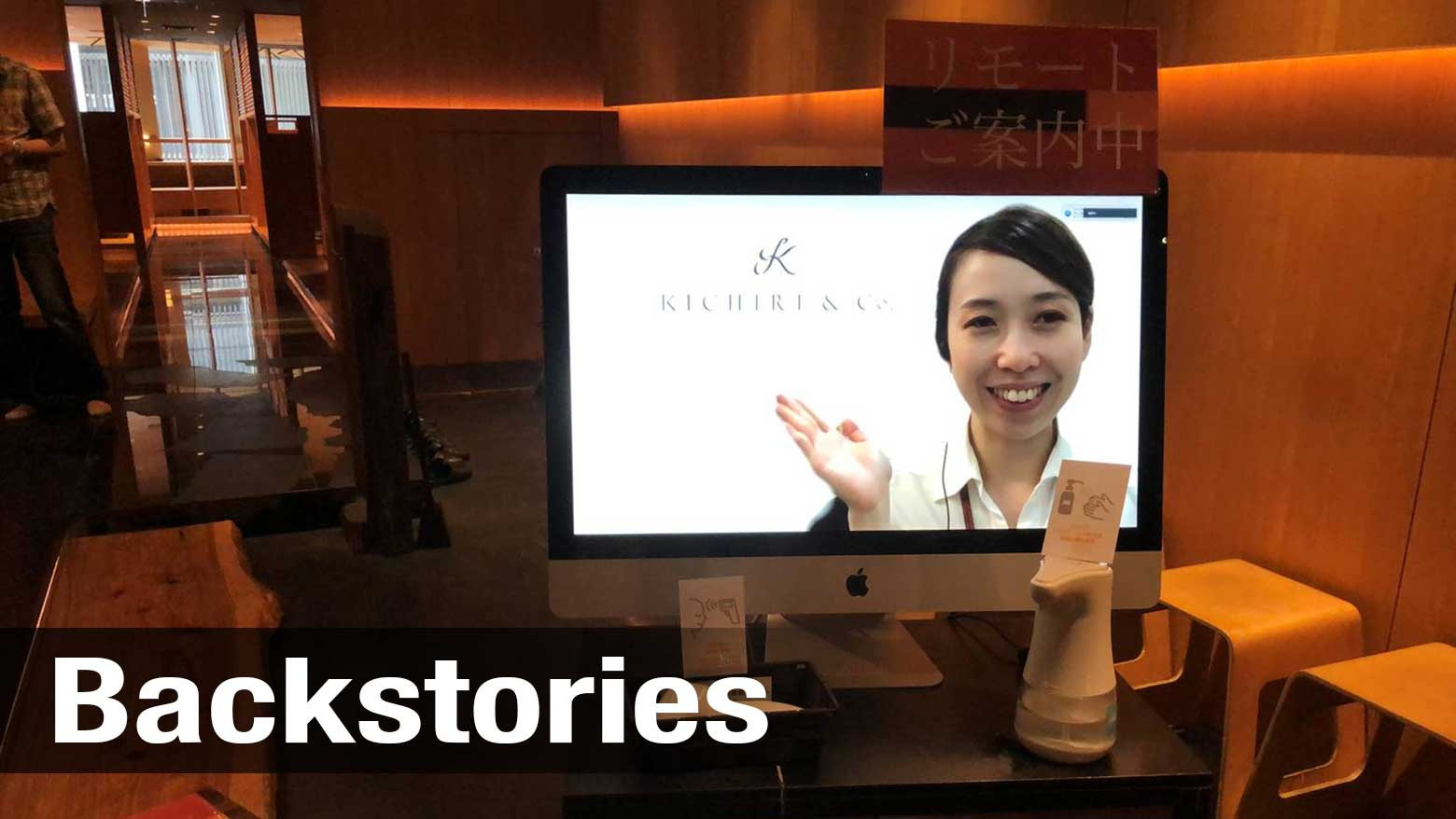The Kichiri restaurant in Tokyo’s Shinjuku district was closed for more than a month. It began serving again on May 14, but managers have introduced a raft of changes in an effort to reduce contact between staff and customers by 80%.
Before the coronavirus outbreak, staff members would welcome customers at the entrance and usher them to a table. Now, greetings are conducted through a monitor and guests find their own way using a printed floor map.
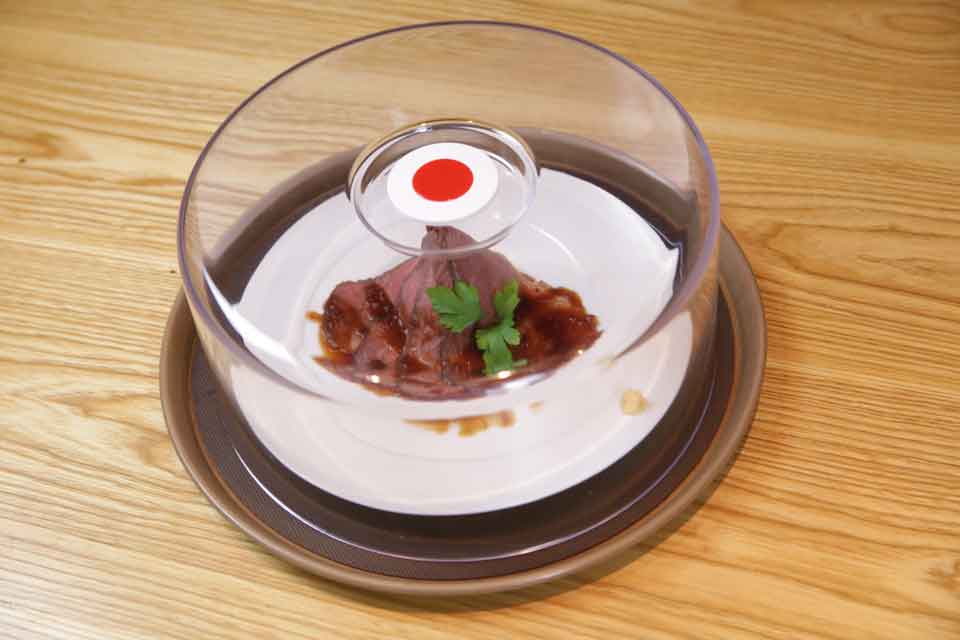
And it's a decidedly different experience at the table as well. Waiters no longer visit with menus and wine lists. Instead, customers order using their smartphones, scanning a QR code to access the menu. When the food is ready, it’s delivered to a stand some distance from the table and left under a plastic lid for the customer to collect.
The only time staff and guest come into contact is at the end of the meal. The customer pays, and then the staff thanks them from at least two meters away.
The restaurant also rents out tablets so that customers can connect with friends who aren’t physically in the restaurant.
Kichiri spokesperson Matsunaga Rieko says the restaurant came up with the measures as a way to reassure people still wary about dining out. “We hope to offer a place where customers can enjoy eating and drinking without any concerns,” she says.
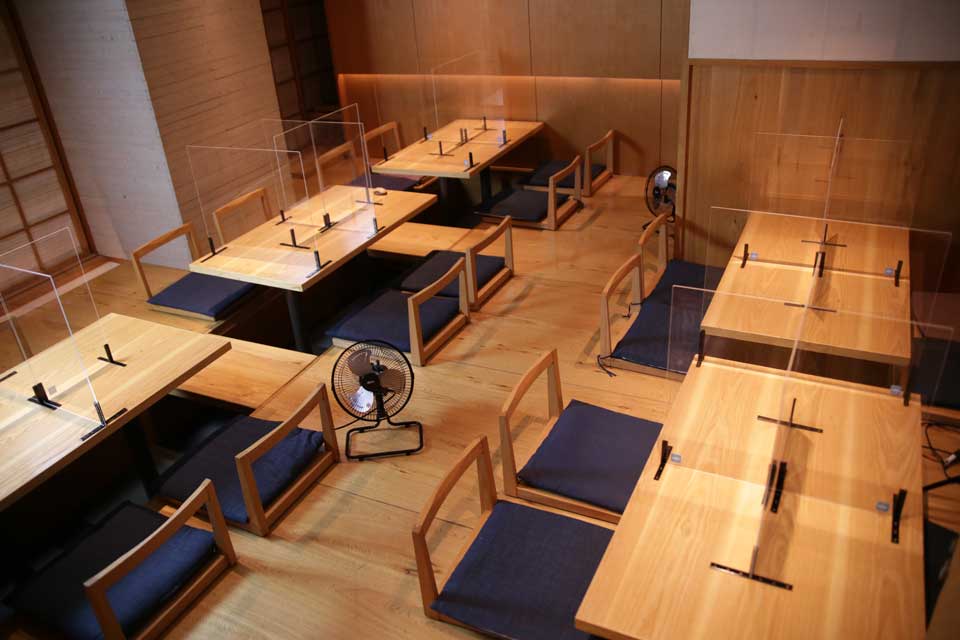
Teaming up to provide services safely
The culinary event firm Chef-1 is also trying to address those concerns. It has launched a project called “No Mitsu Restaurant.” The “Mitsu” refers to the Japanese word for the “three Cs” that experts warn us to avoid: closed spaces, crowded places and close contact.
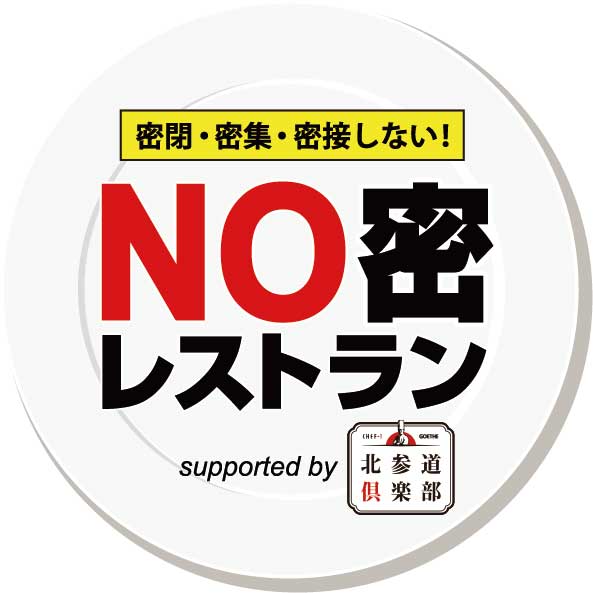
The project team worked with doctors to draw up a set of safe practices. Restaurants taking part in the project must:
- Limit the number of customers to allow them to maintain social distancing.
- Avoid seating customers directly facing each other.
- Keep the room well ventilated.
- Teach customers about the risk of infections from droplets produced while eating.
- Ask customers to wear a face mask once they finish eating.
- Ensure all members of staff wear masks and disinfect the room frequently.
Fourteen establishments have signed up so far. Each of them receive a visit from a doctor, who offers advice on how to carry out the policies.
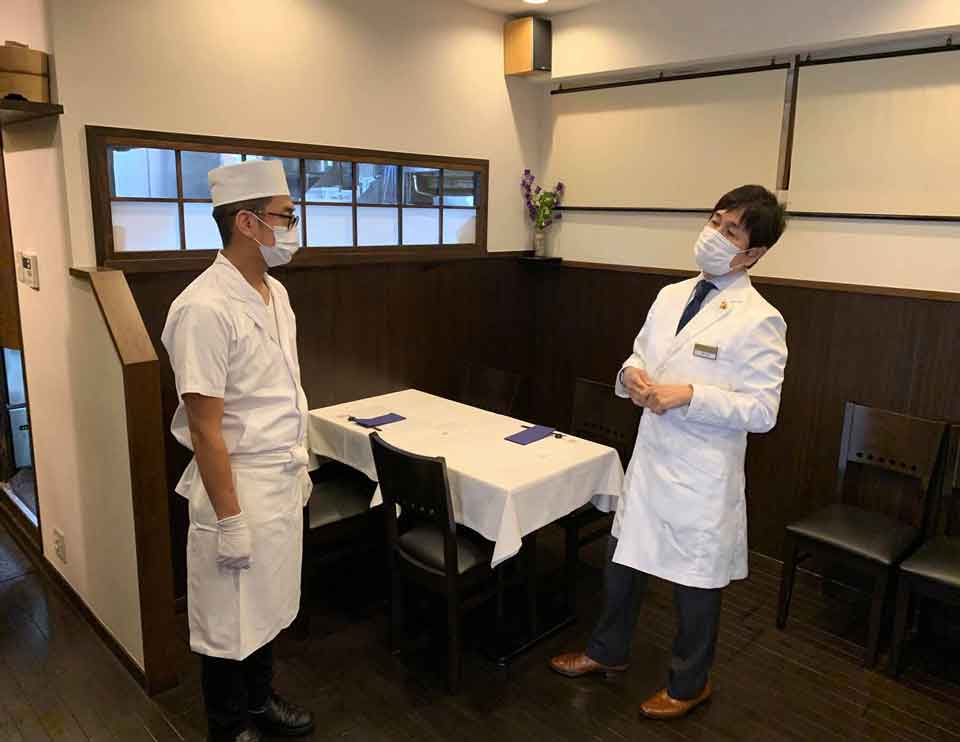
One of the restaurants taking part is Ubuka, a Japanese fine dining spot in central Tokyo which is now running with half the previous seating capacity.
“I joined the project to enable our customers to enjoy our food without worrying about infection,” says owner Kato Kunihiko. “Since we’ve received a doctor’s confirmation, I can assure our customers that it’s safe to dine here.”
Tanaka Keiichi, who founded Chef-1, says it will be some time before restaurants see their revenue return to normal, but he hopes his initiative will raise awareness about safety issues.
For restaurant owners and their guests, reopening the doors is just the start of the process of figuring out the dining scene can be fun, safe and profitable in the coronavirus era.
